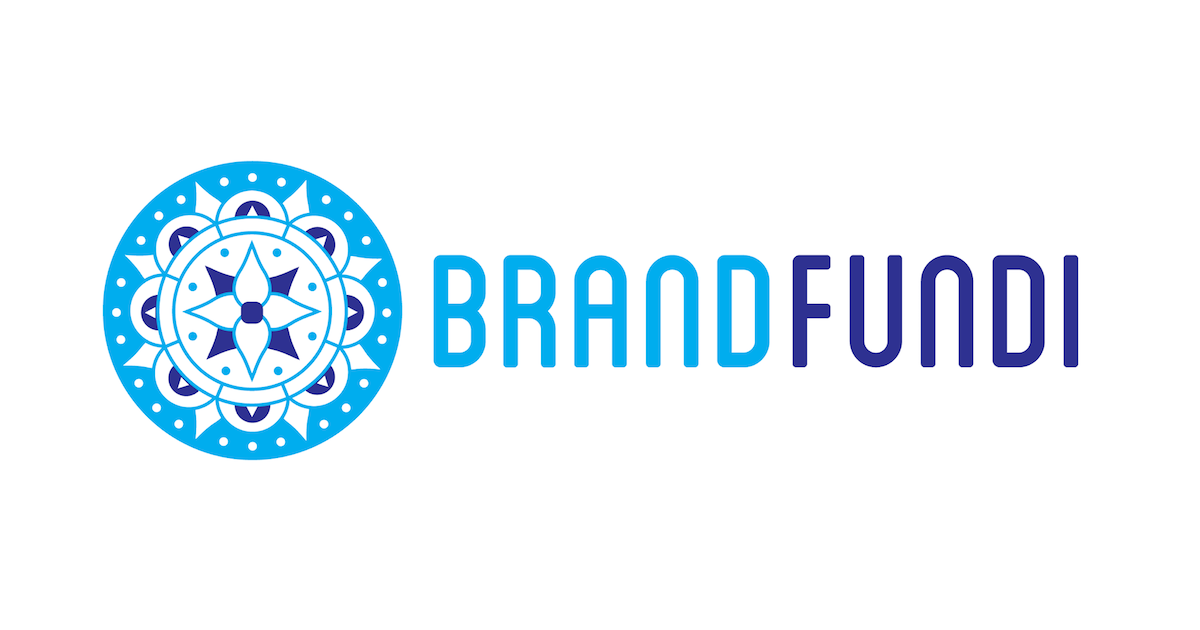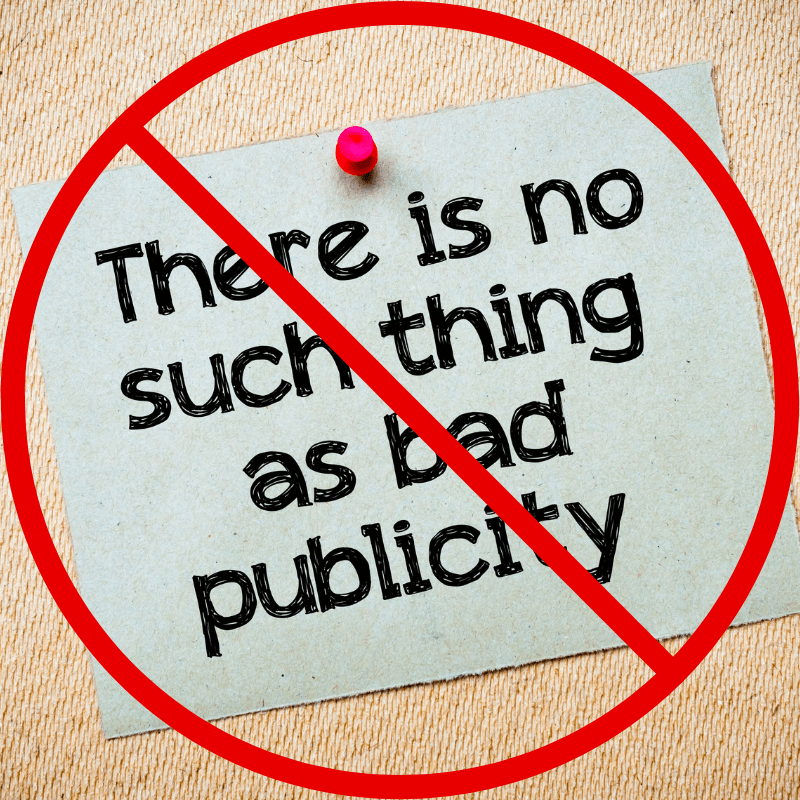The cost-of-living crisis is dominating the news cycle. In the UK, consumers must choose between heating or eating. At the same time, in the US, people struggle to afford healthcare, rentals, and groceries. South Africans have been feeling the financial pinch, too, with little comfort offered by the World Economic Forum Risks Report 2023, which recently identified the cost-of-living crisis as the biggest global risk this year.
Financial pressures are worsening inequality and accelerating the divide between the haves and the have-nots. As a result, many people are starting the new year feeling stressed and depleted. Late last year, UJ released the Happiness Index for South Africa, revealing that anger, disgust and fear dominate the zeitgeist, with happiness declining way below average.
What this Means
One only has to experience peak-hour traffic in Johannesburg to feel how palpable this anger, disgust and fear is. Loadshedding seems to be the proverbial last straw on the camel’s back, playing out as aggression and selfishness amongst fellow road users.
Human nature means that employees and consumers carry this bubbling fear and anger into their workplace and social environments.
Chronic anger and fear can lead to health issues such as anxiety, insomnia, depression, clouded thinking, irrational reactions, blood pressure and heart problems, diminished memory and concentration, and lack of interest and motivation. Then there’s the impact on interpersonal relationships and physical well-being.
If the customer is king (or queen), and employees are your most important asset, being sensitive to these potential underlying stresses can help you better manage your communications approach. For instance, will consumers appreciate aspirational messaging during this time, or would they respond better to a brand that relates to them, demonstrating an understanding that life in South Africa is tough right now? From an employee perspective, consider their money worries and mental health or how engaged and motivated they are. Both brands and leaders will benefit from framing communications approaches within this context. Weber Shandwick calls it ‘social realism’.
Money problems impact employees’ capabilities. Apart from the most obvious risk of employees leaving for higher pay elsewhere, employers are already witnessing a surge in quiet quitting, disengagement, and damaged morale.
Brands and leaders that recognise that needs have changed and address the real fears will foster business growth, survival, and success in 2023.
Mixternal Communication
Internal communication often plays second fiddle to external communication strategies, even though the narrative and resources should be applied equally. Frank Wolf of Staffbase coined the phrase ‘mixternal comms’. To borrow an overused phrase from Covid-times – ‘better together’ – business is set to perform better when internal and external communications strategies are cohesive and aligned.
Engaged employees build brand equity by demonstrating company values and culture positively and serving as authentic ambassadors. Engaged employees also perform better, making attracting and retaining customers easier.
Target Audience – Consumers:
Move away from aspirational and solve real problems.
- Loadshedding Solutions: access to power during loadshedding is prohibitive for many South Africans. For those who work from home (WFH) or run a small business, MTN recently launched a deal that includes a UPS, battery and wifi router for a nominal monthly fee. The ‘Everyone needs a Head Start’ campaign is a great example of how the brand understands the strain and pain of their customers who WFH and/or run SMEs.
- Private Labels: Tiger Brands is collaborating with retailers to launch their private label brands across bread, flour, snacks and treats. “So-called private label sales have long been on the rise, but the global cost of living crisis driven by soaring energy, fuel and food prices appears to be turbo-charging the trend.”
- Hyper-Personalisation: ShopriteX gave back R9.4-billion in Xtra savings instant discounts last year. Based on their shopping behaviour, consumers are sent personalised deals on the channel they use most, e.g., Checkers Sixty60 app. “If you usually shop at 10 on a Saturday morning, we will send you your targeted personal discount offers an hour before that,” said Neil Schreuder, the brand’s chief of strategy and innovation.
In October last year, the Institute of Practitioners in Advertising (IPA) ran a cost-of-living crisis survey asking, ‘What would you most like brands to do to support customers during the cost-of-living crisis’? Responses included,
- Keep prices fair: 60%
- Freeze price on value-range products or services: 44%
- Offer more value for money promotions: 37%
- Reward existing customers’ loyalty: 32%
- Increase the number of promotions they offer: 29%
Interestingly, the least rated areas in which consumers want brands to support them include;
- Entertain and make customers laugh/smile: 4%
- Engage directly with customers to develop new solutions and ideas: 8%
- Offer affordable customer finance (e.g., interest-free credit): 10%
Target Audience – Employees: Offer Real Support
Evaluate well-being practices, be empathetic, and focus on feedback.
- Enable secure power supply and access to the internet: especially during loadshedding. Help WFH staff manage workflow and reduce stress by assisting with a reliable remote set-up. Consider implementing a day of the week where no meetings occur to make working in public or coworking spaces easier.
- Reimburse expense claims more quickly than monthly or minimise the additional financial strain by offering a company credit card for work-related expenses.
- Offer flexibility through a rotating four-day work week. Several studies are proving the benefits of this for both employer and employee. A day off reduces transport and childcare costs, plus other draining expenses.
- Employee Assistance Programme (EAP): bigger corporates tend to offer an EAP to help employees deal with personal problems that could affect work performance, health, and well-being. The type of support includes online resources, counselling, legal support and referral services.
While South Africans tend to be resilient, brands and leaders can use this climate to differentiate themselves; to show up as authentic, sincere and empathic.




